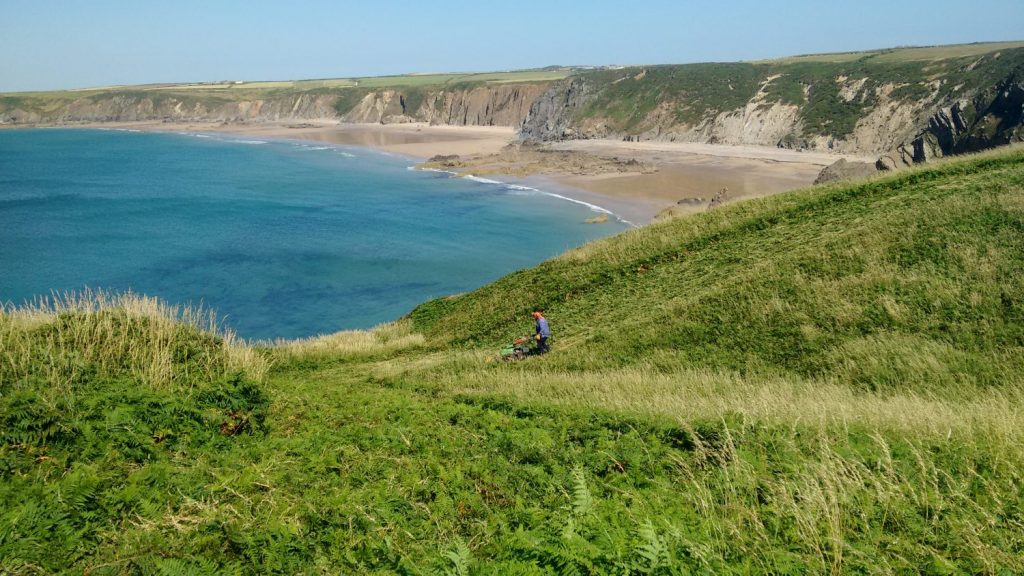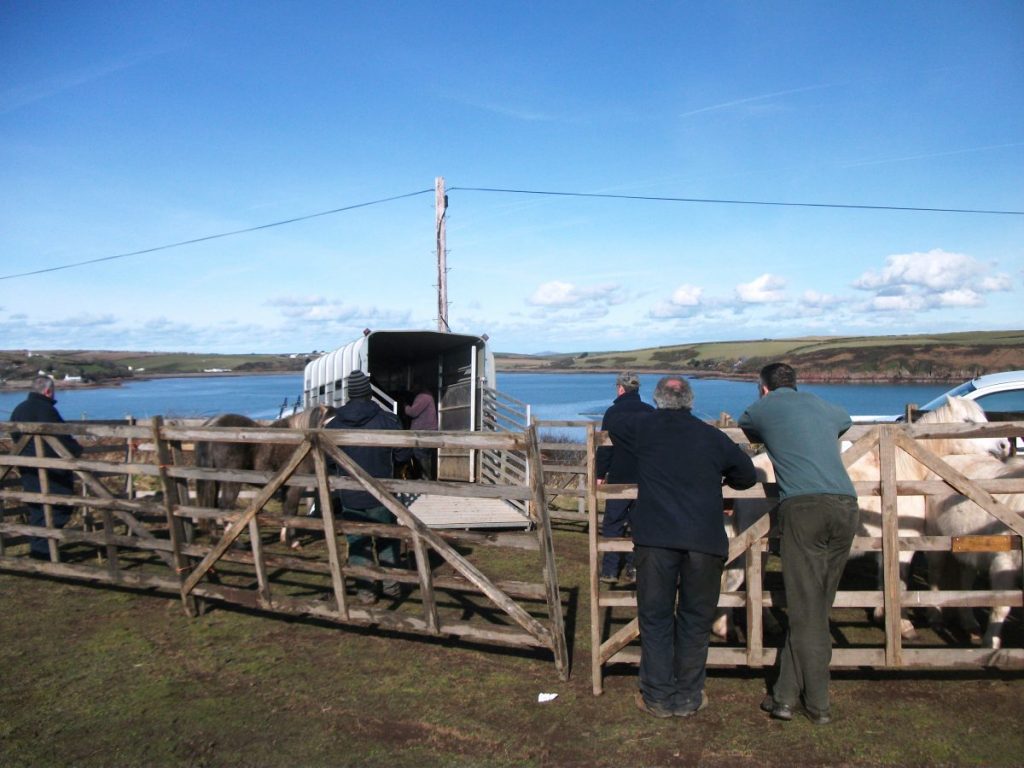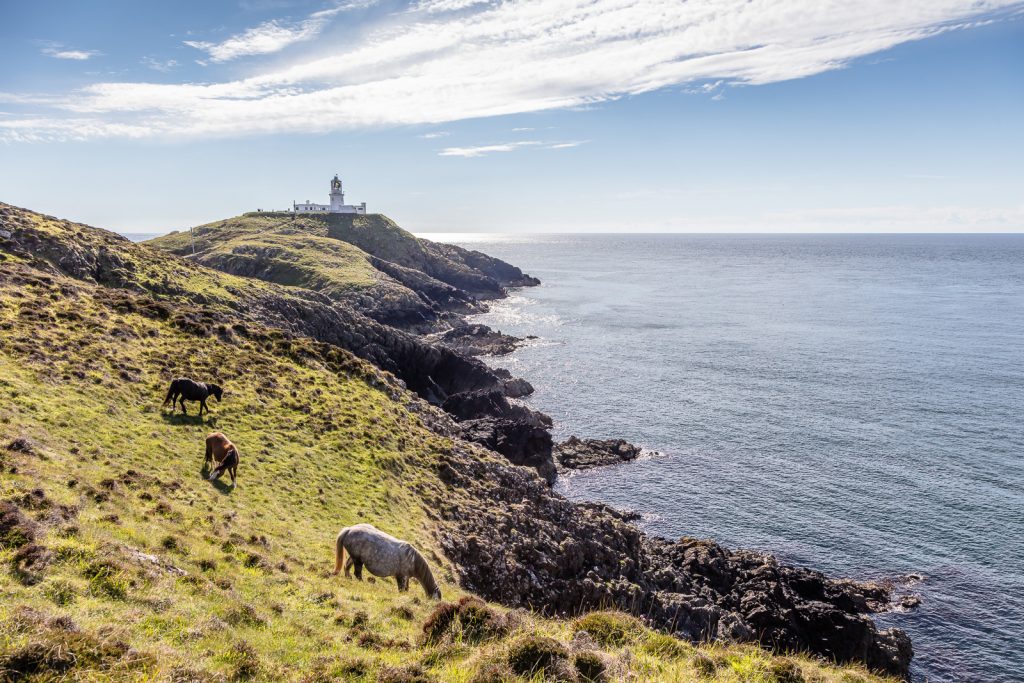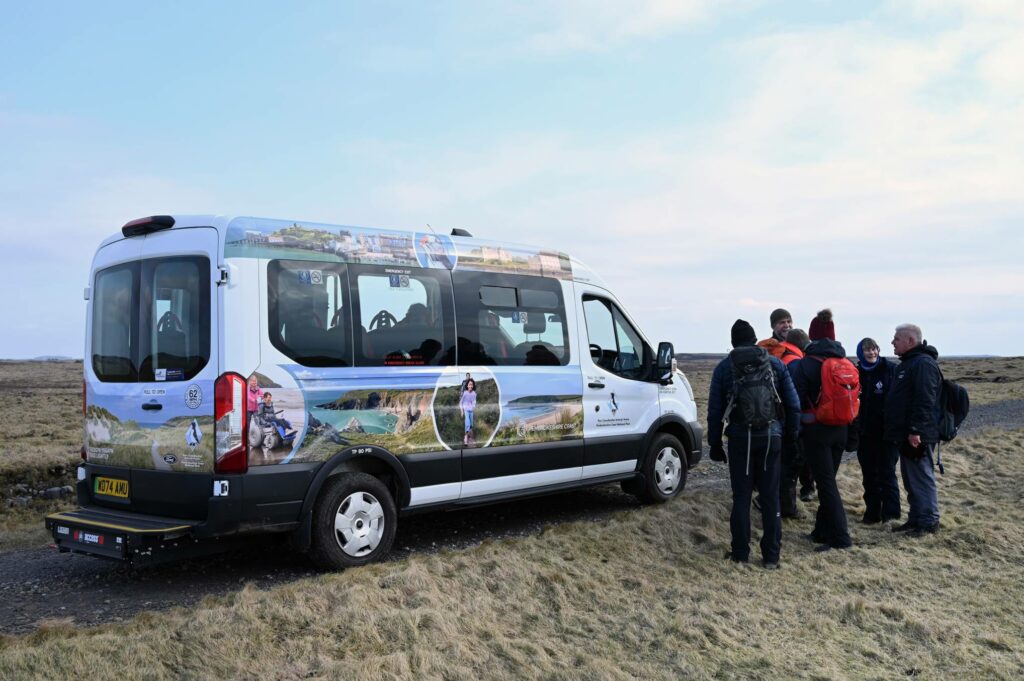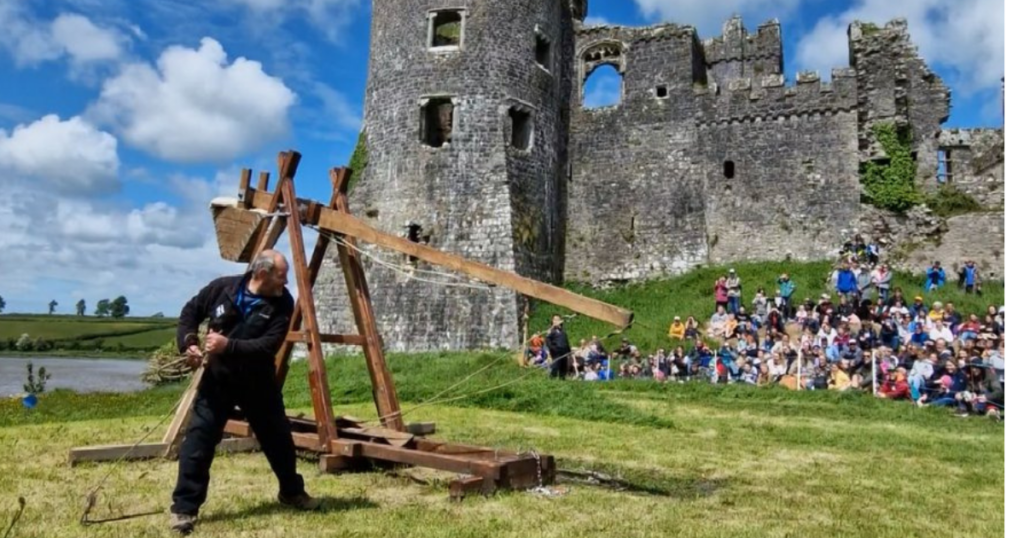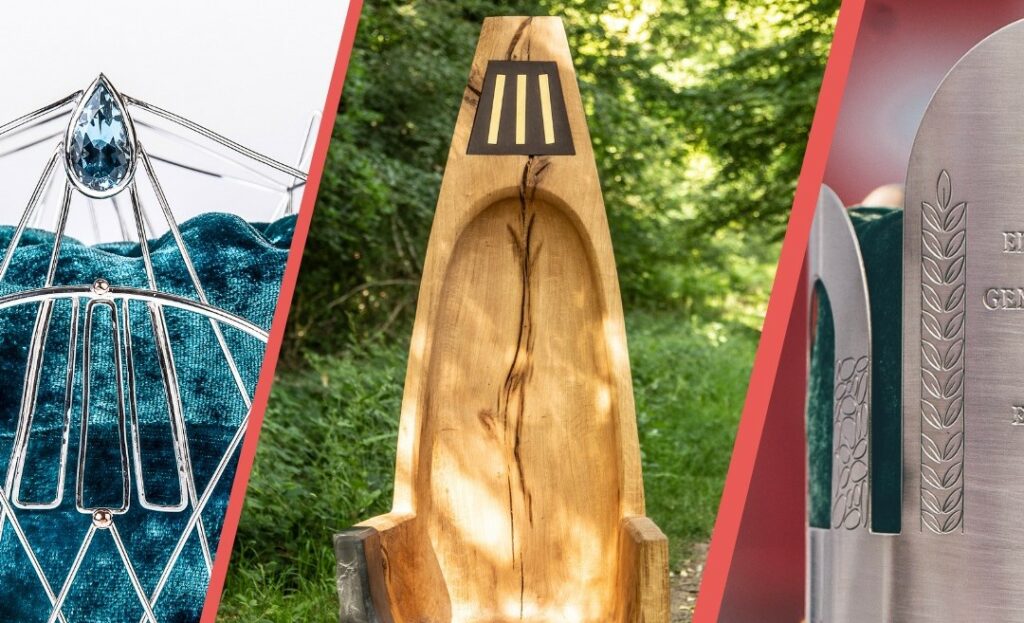National Park hatches plan to rescue rare butterfly from extinction in Pembrokeshire
The Pembrokeshire Coast National Park Authority is stepping up efforts to save the marsh fritillary butterfly, which was once widespread in Wales but is now close to extinction in Pembrokeshire.
Funded by the Pembrokeshire Nature Partnership, the new landscape scale strategy aims to improve the fortunes of the rare species, which relies on networks of flower rich marshy grasslands across the landscape.
Much of this habitat, which is home to the favourite food of its larva – the devil’s bit scabious (succisa pratensis), has been lost due to drainage, inappropriate tree planting and the neglect of traditional management of grasslands through light grazing with heavy animals such as cattle.
National Park Authority Biodiversity Officer, Sarah Mellor said:
“The marsh fritillary in Pembrokeshire is now in a very precarious position. We think it has already become extinct in a number of areas in its former range and it has not been seen on the St Davids Peninsula since 2013. The population around Keeston and Tiers Cross is also now thought to be extinct.
“We must find a way to make space for wildlife in our landscape to ensure that nature can thrive for future generations. It is quite sobering to think this species could disappear from Pembrokeshire in my lifetime. We have a responsibility not to let this happen on our watch.
“Even in those areas where it remains we have seen dramatic declines, for example around Mychanchlogddu it used to be recorded from 32 sites, but since 2015 it has only been seen at seven sites.”
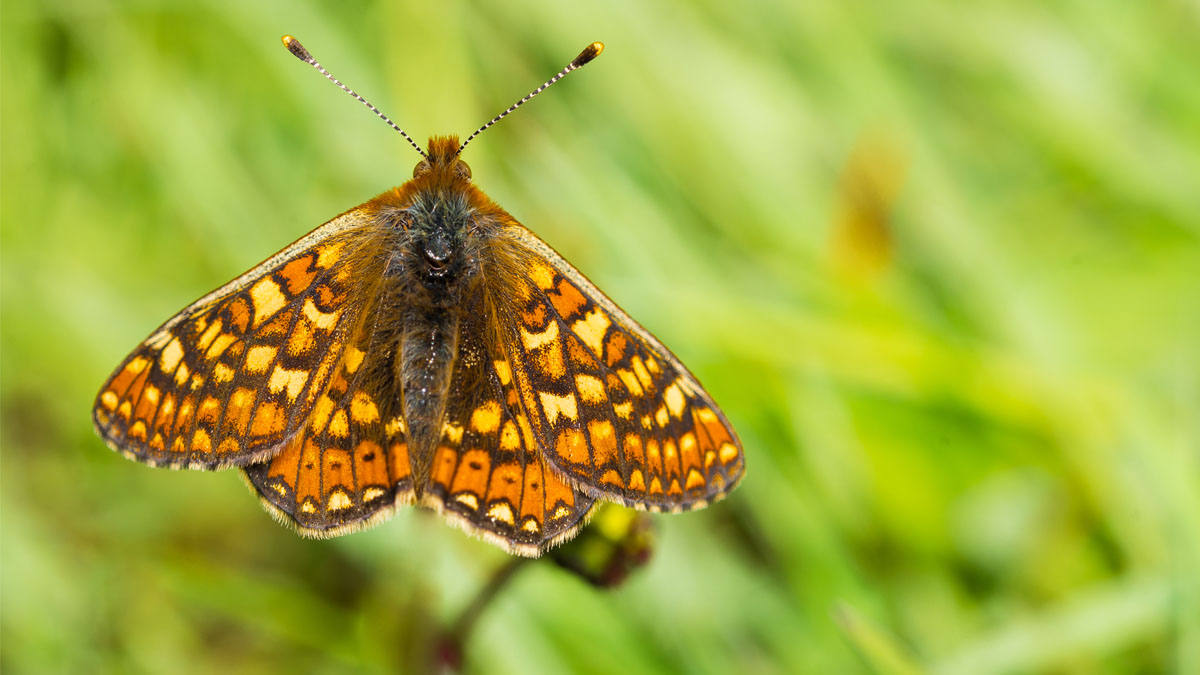
The National Park Authority has already stepped up its action to rescue the rare butterfly by assisting landowners to bring sites into suitable management through grant aid and providing suitable grazing animals through the Pembrokeshire Grazing Network and the Conserving the Park Scheme.
The new strategy will include mobilising Park Authority staff and volunteers to undertake targeted surveys at sites across the county, as well as helping landowners to manage their land in a sensitive way to help ensure the future of this rare butterfly.
